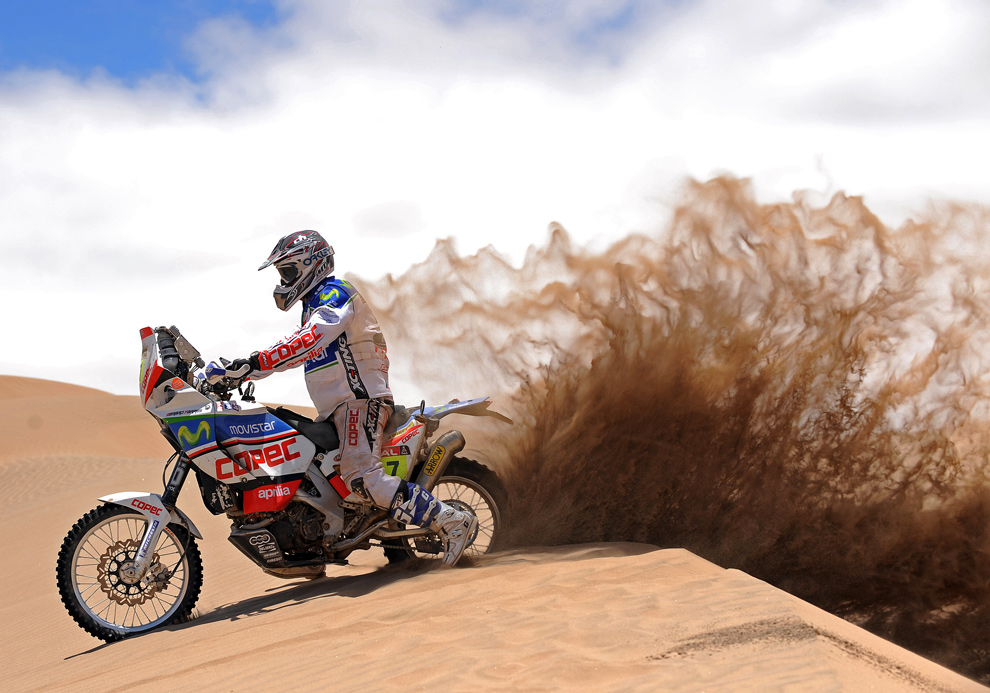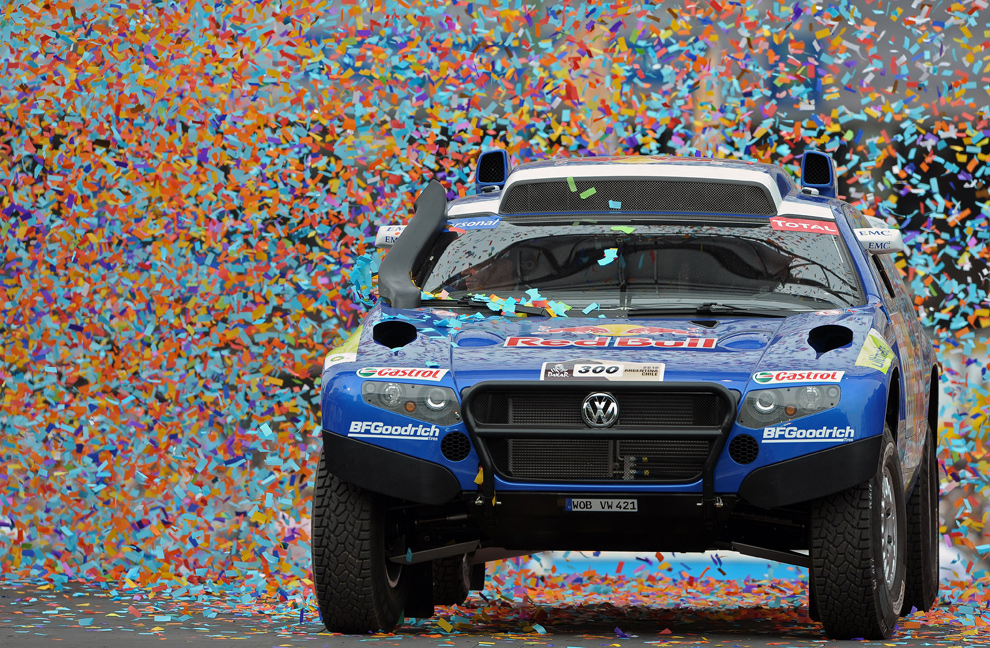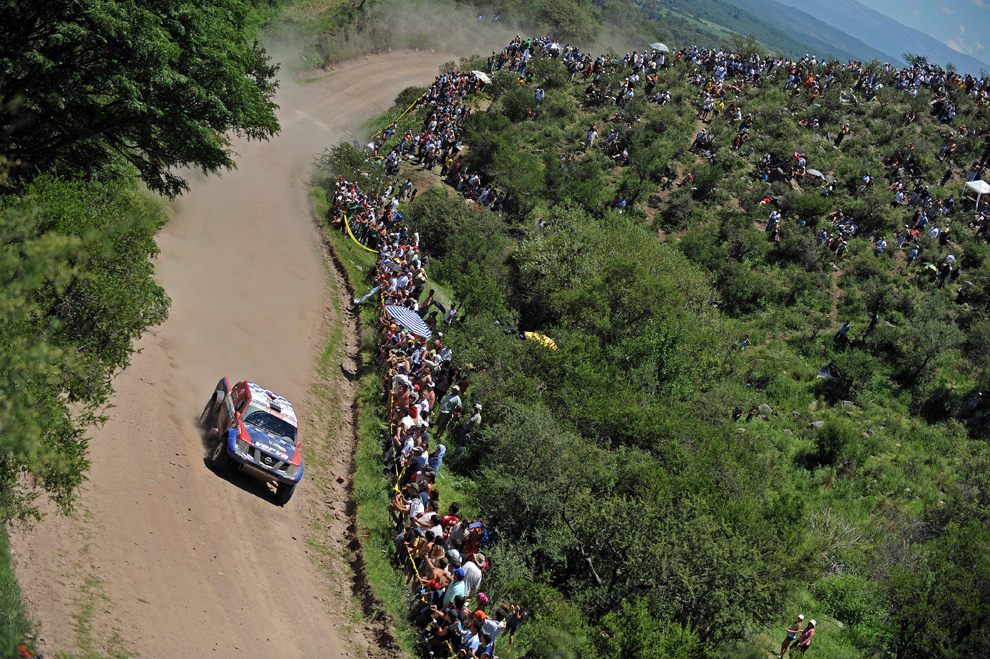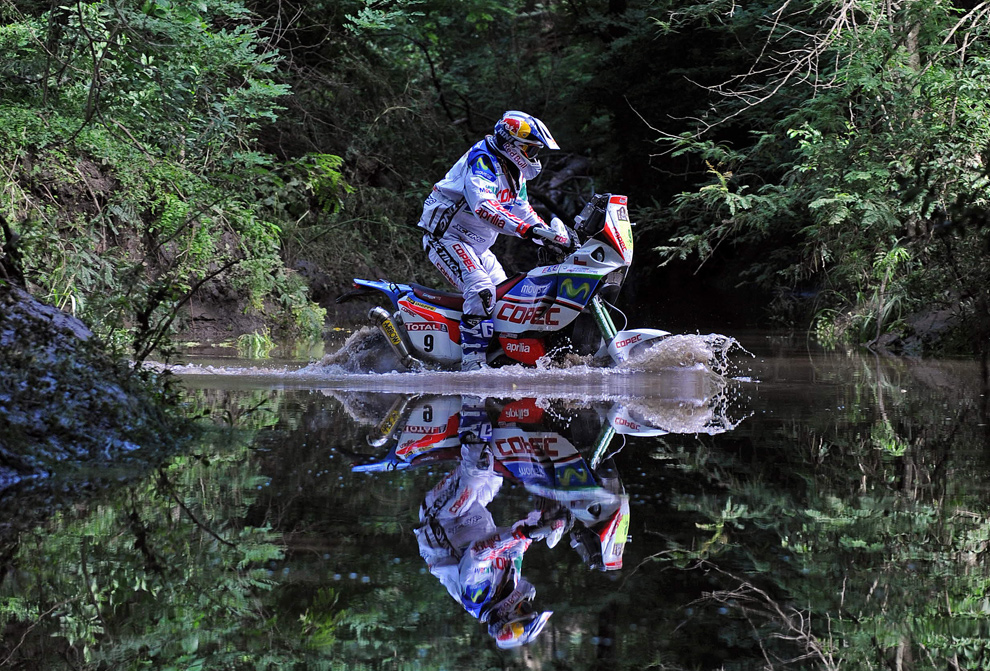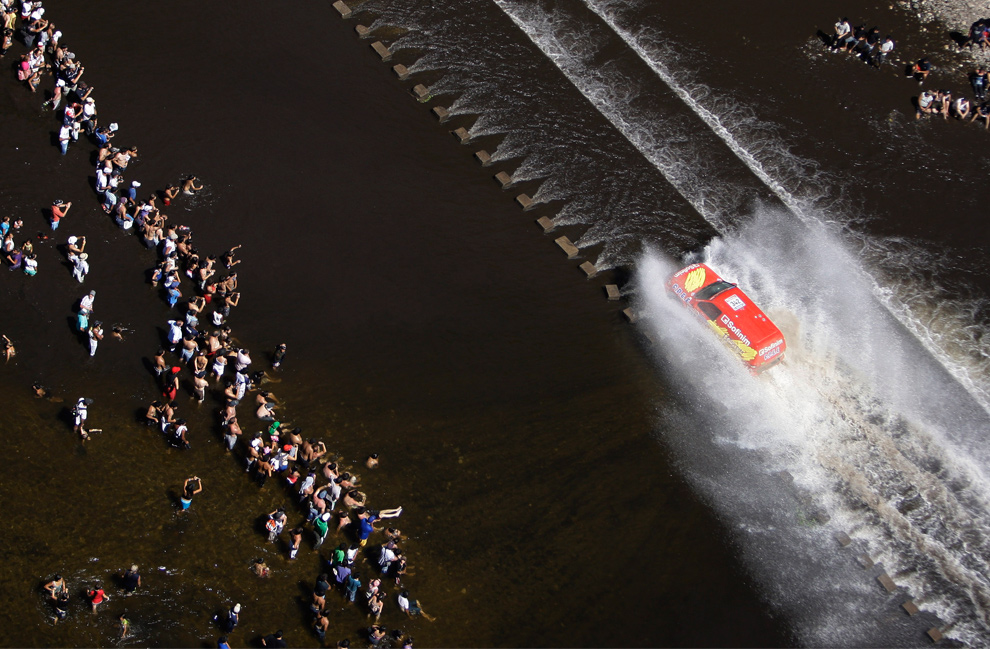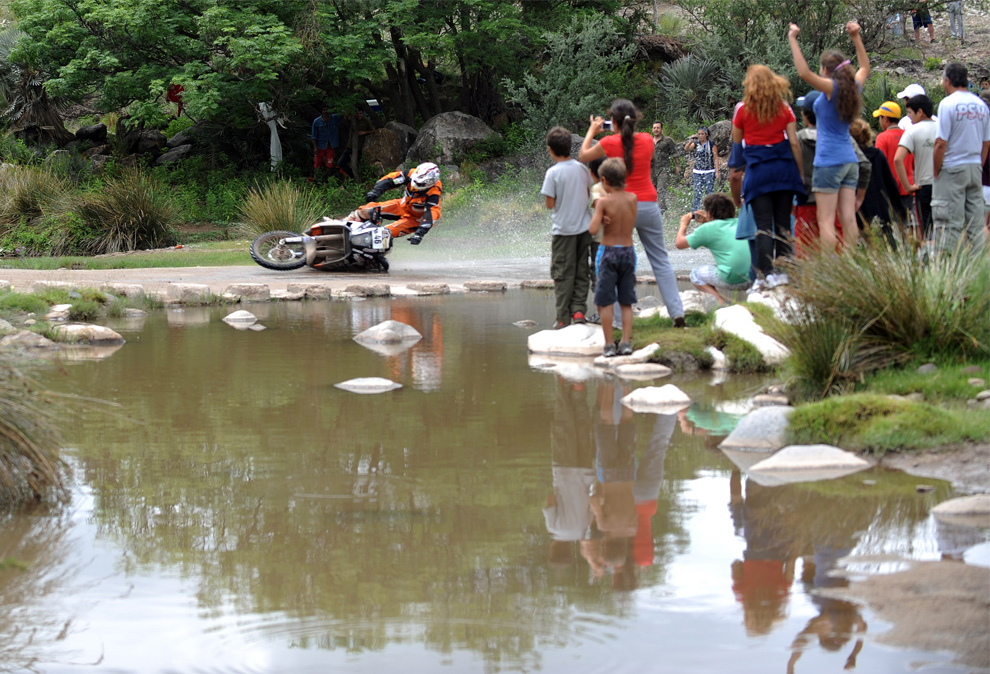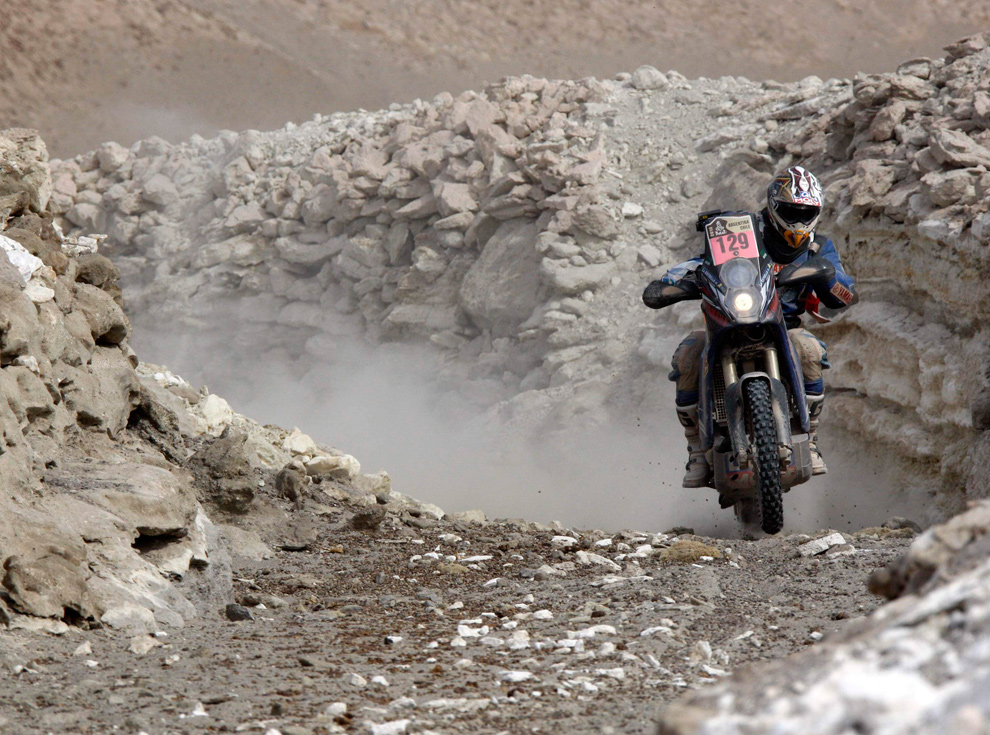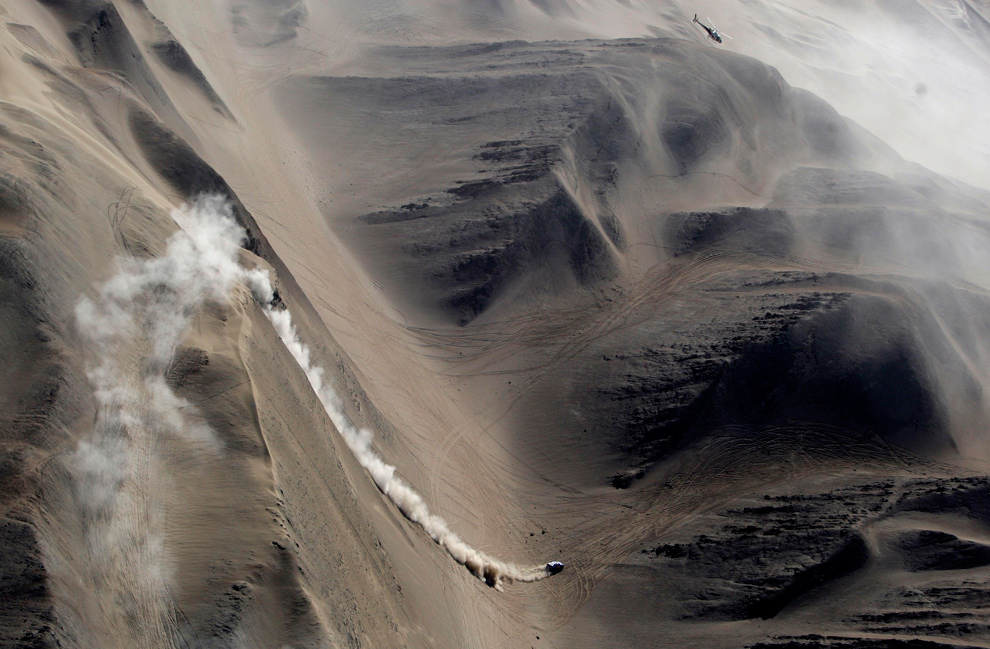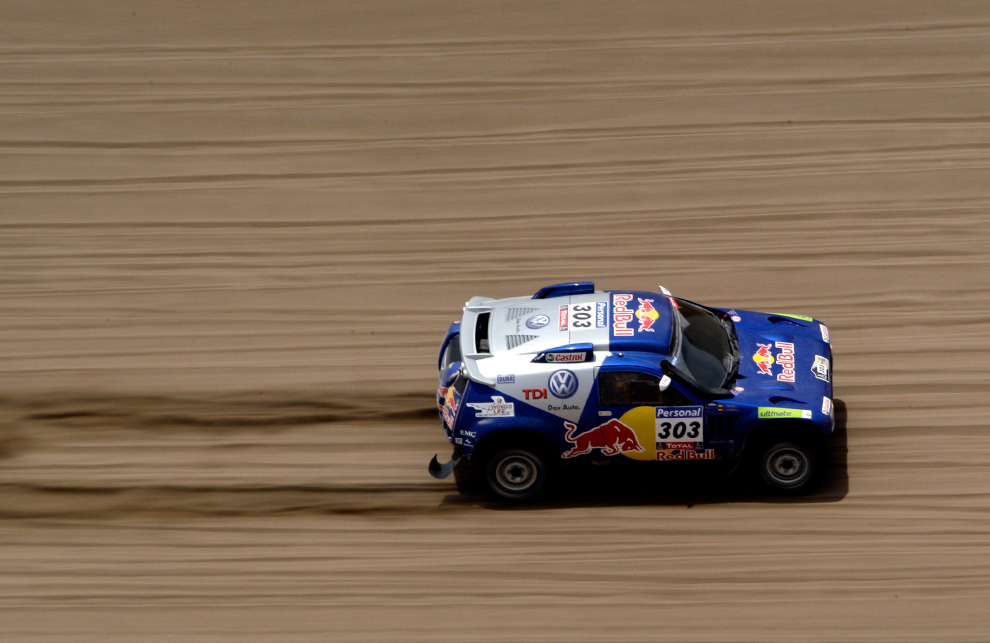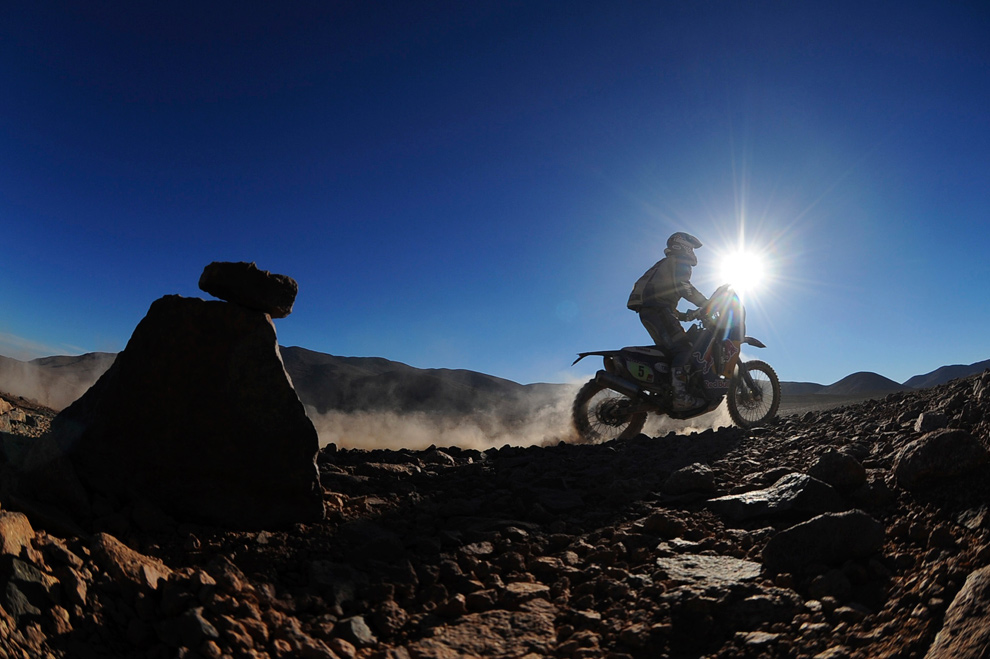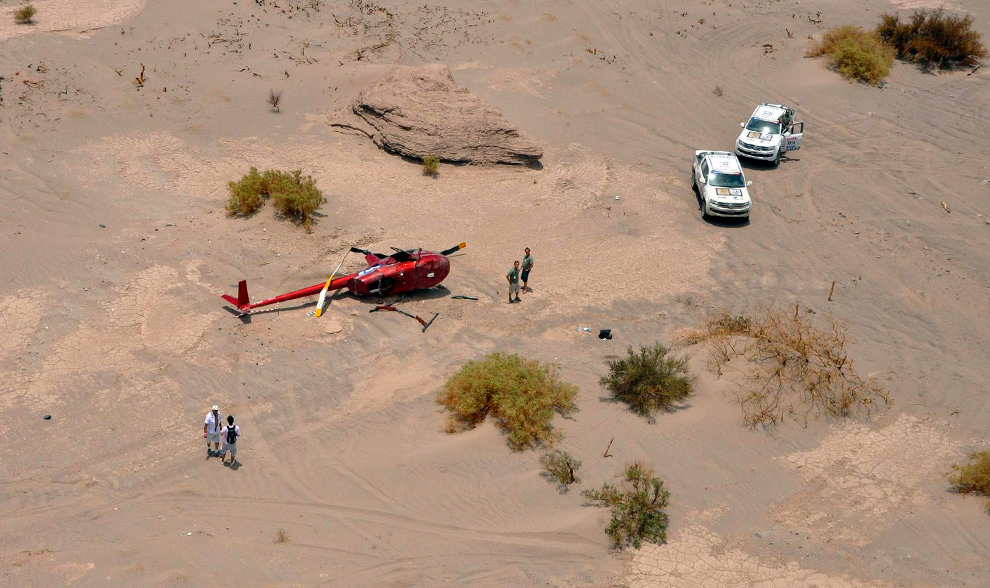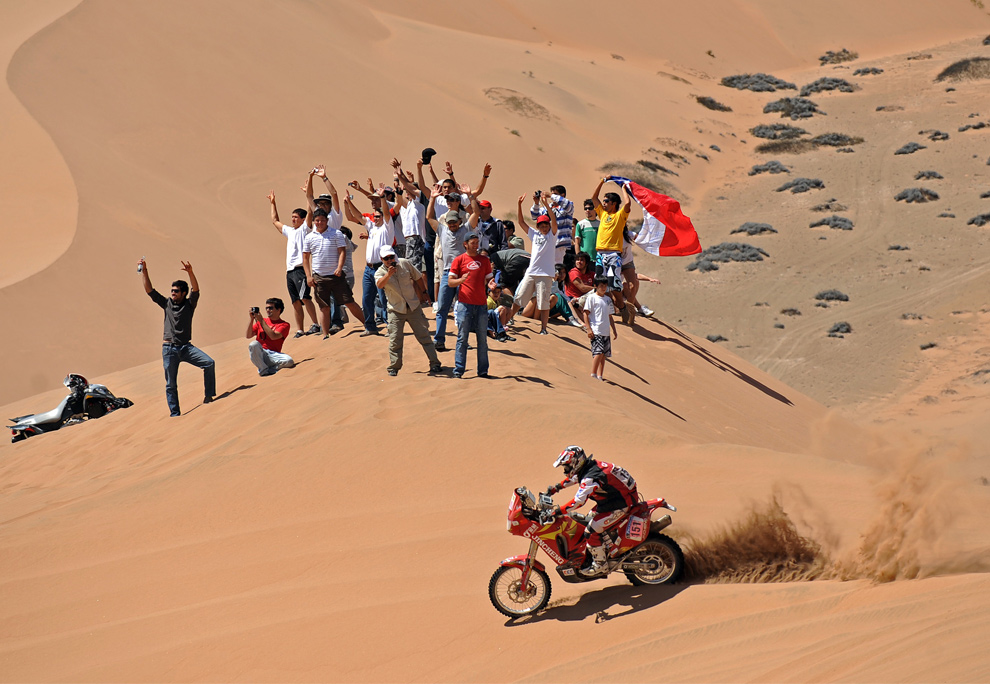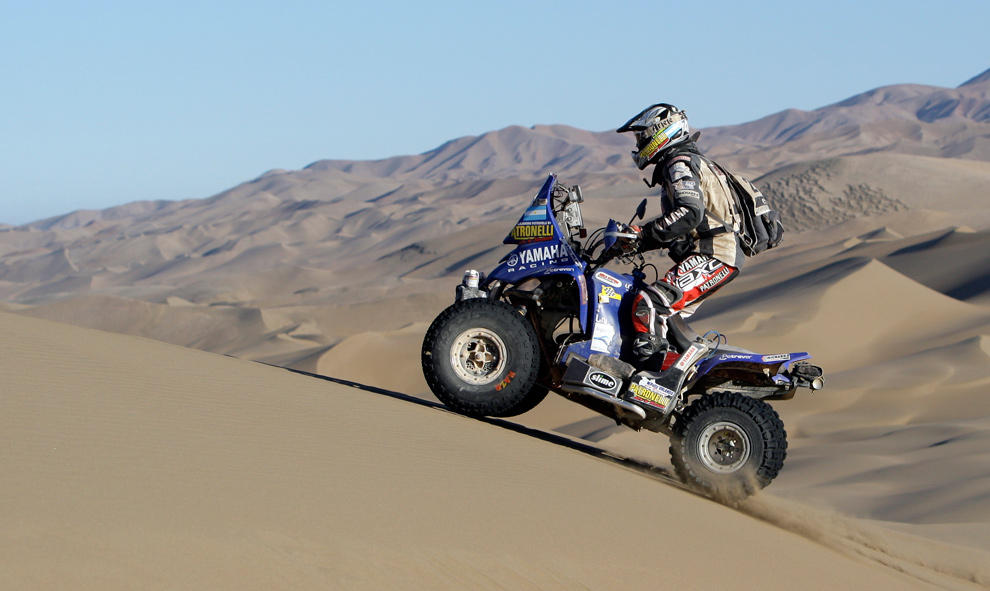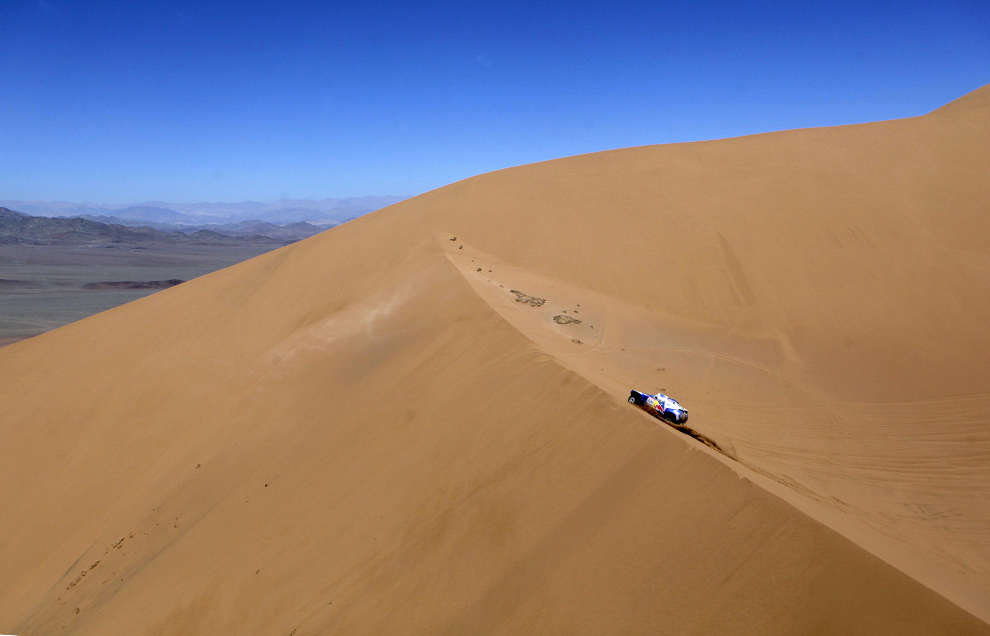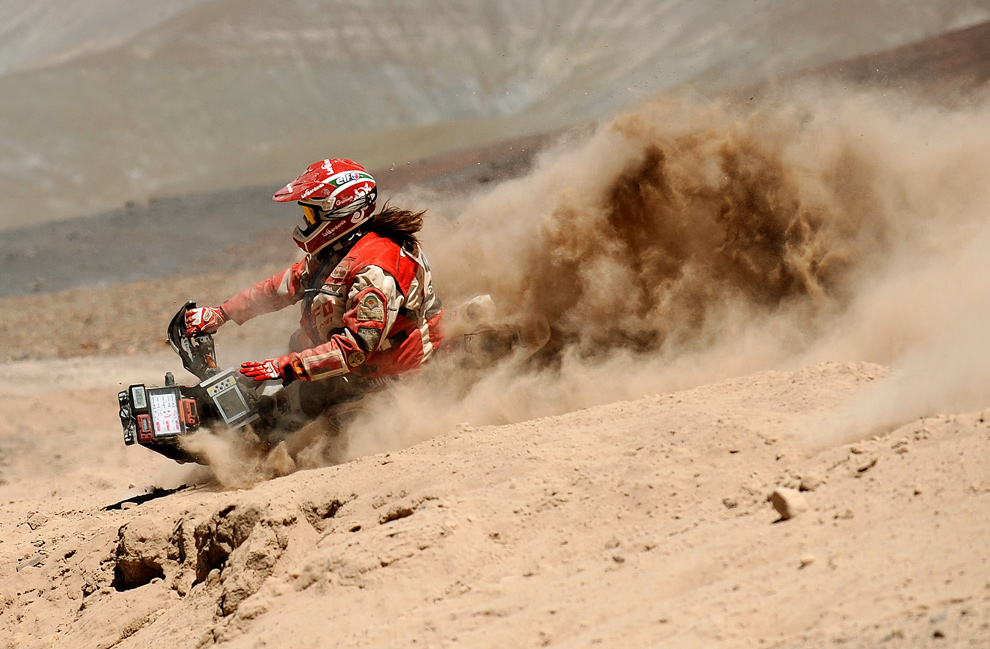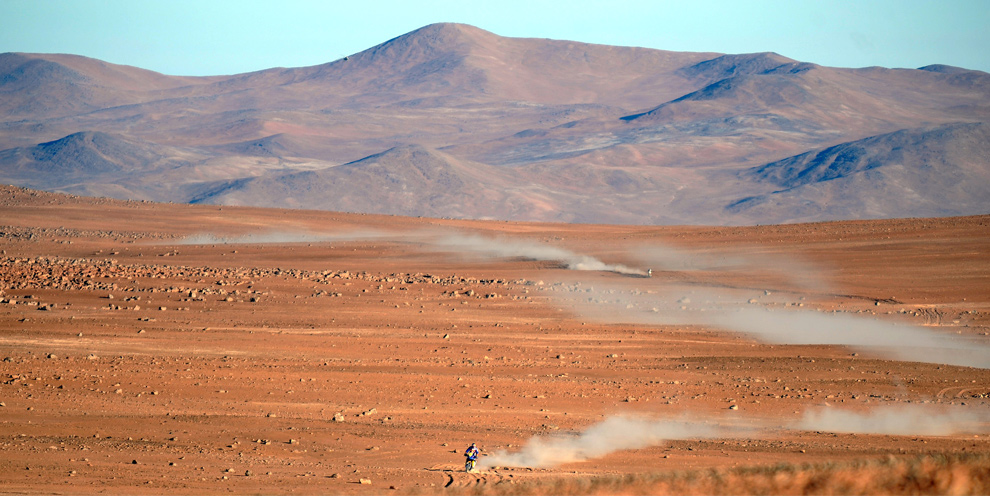Our tours of California highlight the area's most important national parks and best loved cities
Saturday, November 20, 2010
Honeymoon in Thailand and Best Time to Visit Thailand
A vacation in Thailand is an ideal way to use a holiday. Starting your holiday in Bangkok, you can travel around other regions in Thailand counting Pattaya, Phuket, Krabi and Koh Samui.
The world's most romantic hideaways are to come in Thailand. Discover our luxury honeymoon options that encompass the stunning scenic and cultural delight of this unique country.
Thailand has a natural asset in breath captivating scenery, feature spectacular green mountain, white sandy beaches, and sparking blue sea.
Combine that with our world class range of complicated somewhere to live options, elegant dining and diversity of activites and you will experience Thailand at its greatest.
The peak months for tourism are August, November, December, February and March, with inferior peak months in January and July.
You should consider traveling during the least packed out months (April, May, June, September and October) if your main purpose is to avoid holiday makers and to take advantage of inexpensive rooms and other low-season rates.
Honeymoon Hotels in Thailand
Thailand offer a wide range of globally acclaimed hotels and resorts for a contented accommodation.
All hotels and resorts in Thailand from high-end to low end hold out an array of amenities to make your honeymoon the most brilliant event of your life.
The Hotels in Thailand offer private honeymoon suites and wedding suites for a dream honeymoon.
Honeymoon Beaches in Thailand
Nature has bestowed this entire honeymoon beach in Thailand with all stunning hues and fragrance.
Once to visit these honeymoon beaches in Thailand, you will certainly feel like coming here once more and again.
Most of honeymoon beaches in Thailand are located in the places like Pattaya. Some of the honeymoon beaches in Thailand can be name here.
They are Ao Phang Nga Beach, Haad Rin, Hat Chaweng, Hat Mai Khao, Ko Pai, Pattaya Beach, Rawaii, Ao Phra-Ae, and many others.
Apart from these beaches the beach like Ao Nang, Karon Beach, as well as the Railay Beach are also just right for the cause of honeymoon.
Honeymoon Thailand Package
From the mountains in the north to the beaches in the south, there is no place in Asia that can offer such a diverse blend of top-notch experiences.
Furthermore, the Thais are renowed for their graciousness and charm that makes every visitors feel at home.
Our Amazing Thailand package is the result of 15 years of explorations and refinements and what you see is completely the best high-end Thailand route available.
Best Time to Visit Thailand
Looking for the best time to go to Thailand? Wherever you travel in the world, it is significant to get the time right.
As far as Thailand is worried, there are no absolute extremes. If you can avoid the rainy season (July to October), it would almost surely be best, but if you can't, the rain isn't permanent - it comes in bursts and cools belongings down after it has gone!
The weather in Thailand is rational most times of year, although it certainly gets hot during the summer! November from end to end February is the coolest times of year and there is definitely less rain then than at other times in the year.
Source
Tuesday, March 23, 2010
South Africa Safari Top Five National Parks and Game Reserves
A South Africa safari is the ideal wildlife trip to go on because the infrastructure and accommodation is superb in all the wildlife parks there and it is still highly affordable in comparison to other African countries.
But given a choice some of the national parks and game reserves are better than others.
Here is a top five list ranking them according to travel reports received at the African Safari Journals website, my safari experience of twenty plus years, industry forums, magazines and the general consensus of the experts.
1. Kruger NP
The Kruger National Park has to rank as one of the best South Africa safari destinations, only slightly behind the Masai Mara and Serengeti when it comes to wildlife viewing because the vegetation in Kruger can be dense and sometimes mars the ability to see longer distances.
But the variety of animals, birds and ecosystems that you can experience here are unparalleled anywhere else in Africa and the accommodation, roads and facilities are top notch and all at a very affordable price.
It's not unusual to see lion, leopard, cheetah, a pack of wild dog, rhino, elephant, buffalo and a whole host of antelope, crocodile and hippo in the course of a single trip including a variety of insects and reptiles.
On the bird front you will be spoiled with a seemingly never-ending supply of eagles, hawks, water birds and a host of migratory and indigenous species to the tune of about 510 different varieties.
You can easily do a self drive safari here and still see a decent amount of wildlife especially if you stick to the central and southern portions of this massive park (larger than Ireland). The north has fewer animals due to dryer conditions but also less tourists which makes for a more isolated and intimate wildlife experience.
If variety is the spice of life then a South Africa safari in the Kruger National Park is a rich dish indeed.
2. Sabi Sands GR
Sharing a fenceless border on the western side of the Kruger National Park is the Sabi Sands game reserve which has a number of world famous private concessions like Mala Mala, Sabi Sabi and Londelozi.
The removal of the fence between the two parks allows the animals to move around freely and the game viewing experience is just as in the Kruger National with one important difference. Because this reserve is privately held, off road game tracking is allowed which improves your chances of finding the elusive big cats, elephant, rhino, buffalo and wild dog to a large degree. They also make use of two way radios in each safari vehicle so that if one finds something noteworthy the others can be alerted.
The sand and sabi rivers which bisect the reserve provide the focal point which attracts the wildlife to the area especially in the dry season.
So viewing the big cats on a South Africa safari here is virtually guaranteed and the accommodation is some of the best in the world as illustrated by the Singita lodge which was the first and only accommodation in the history of the Conde Nast Gold List Reader Poll to get a perfect 100 score, an honour it has held for three years. There are about thirty different top class lodges situated in the reserve.
But this all comes at a price and unless you have reasonably deep pockets this fantastic reserve will be out of reach which is why it doesn't get the Nr one ranking for South Africa safari national parks and reserves.
3. Hluhluwe Umfolozi NP
If you want to see the endangered black and white rhinos in the wild then this is the park to head for because this is where the inexorable tide to extinction for the white rhino in Southern Africa was stemmed.
It now boasts the largest population of white rhino in the world numbering over 1600 and also a slowly increasing population of black rhino at just over 400.
on a South Africa safari here you will also be able to see lion, leopard, buffalo, elephant and cheetah in this park and more than 400 bird species have been recorded. Due to the large number of resident elephants you might have some close encounters with them on the roads as they cross in front of you.
You can go for a daily walk in the park in the company of an armed ranger or you can do a several day extended hike in the southern umfolozi portion.
4. Madikwe GR
This is a latter day Noah's ark story because most of the wildlife contained in this park was relocated here from other areas in 1991.
Twenty seven different species amounting to over 10 000 head of game were re-introduced into this area where they once thrived but had disappeared because of hunting and habitat destruction.
A huge advantage of taking a South Africa safari in this park is that it is not situated in a malaria area so you don't have to bother about taking malaria tablets as you do in most other reserves.
All of the big five are on view here as well as cheetah and the rare wild dog packs which are the stars of the show here being regularly sighted patrolling their huge territories. Your chances of seeing them seem to be better here than most other parks.
Rare antelope like the eland, gemsbok and sable put in an appearance here too and you will be able to enjoy your wildlife viewing in relative peace and isolation because not many tourists know about this excellent game reserve.
5. Kgalagadi Transfrontier Park
The locals know that this is an excellent game park and it falls into that "best kept secret" category that each country seems to have where for some unknown reason a reserve doesn't get the notice from tourists and safari companies that it deserves.
Maybe it's because this reserve is set in the Kalahari desert and people don't normally associate deserts with lots of wildlife but there are always exceptions to the rule and this South Africa safari park qualifies.
You can see some pretty specialised and very interesting game here such as the gemsbok antelope which can go for months without water, springbok, blue wildebeest, eland and red hartebeest.
And wherever there is a good supply of antelope, the predators are never far away such as the black maned lions which this area has a disproportionate supply off, leopard and cheetah which can make full use of the wide open spaces to chase their prey at top speed.
The meerkat (suricate) is also regularly seen here and bat eared foxes contribute to the scavenging duties.
This South Africa park is famous for birds of prey such as the pygmy falcon and the sociable weaver which builds nests which are the bird equivalent of apartment blocks that are sometimes so big they break the branches they rest on.
There are hundreds of companies offering safari trips to South Africa. This Top Three safari in South Africa operators list helps you choose effectively between them.
South Africa safari trip reports give you a great idea of what to expect from a trip like this by learning from other peoples travel experiences.
Monday, February 22, 2010
Breathtaking Lakes - pictures from all around the world!
There are many marvels of nature Mother Earth has in store for us. Let's take a look at some of the most beautiful lake landscapes - maybe you'll get inspired by those spectacular views and include those lakes in you future journeys?
And now - some facts about lakes on our planet Earth:
- The majority of lakes on Earth are fresh water, and most lie in the Northern Hemisphere at higher latitudes.
- More than 60 percent of the world's lakes are in Canada.
- Finland is known as The Land of the Thousand Lakes, (actually there are 187,888 lakes in Finland, of which 60,000 are large).
- the U.S. state of Minnesota is known as The Land of Ten Thousand Lakes.
- The license plates of the Canadian province of Manitoba used to claim 100,000 lakes as one-upmanship on Minnesota, whose license plates boast of its 10,000 lakes.
- Many lakes are artificial and are constructed for hydro-electric power generation, recreationalindustrial use, agricultural use or domestic water supply purposes.
- Large lakes contribute to the area of standing water with 122 large lakes of 1,000 square kilometres or more representing about 29 percent of the total global area of standing inland water.
Sources:
Thursday, January 14, 2010
Dakar Rally 2010
This year's 31st running of the Dakar Rally is being held in South America for the second year, instead of the traditional African route. The reason is - growing issecurity and possible terrorist attack concerns. This year's race began and will end in Buenos Aires, covering a looping 9,000 kilometers between Argentina and Chile over 14 stages. 362 Teams began the race with 176 motorcycles and quad bikes, 134 cars, and 52 trucks. The race is just over halfway completed now, the winners expected to cross the finish line on January 16th.
Below - several photographs from the first half of the rally.
SOURCE:
The Dakar Rally Official Website
Dakar 2010 at Wikipedia
http://www.boston.com/
Below - several photographs from the first half of the rally.
Spain's Gerard Farres Guell kicks up sand with his Aprilia during the 4th stage of the Dakar 2010 between Fiambala, Argentina, and Copiapo, Chile on January 5, 2010. Spain's Marc Coma won the stage, France's David Casteu took the second place and France's Cyril Despres the third. (GABRIEL BOUYS/AFP/Getty Images)
The Volkswagen Touareg of South African driver Giniel De Villers and co-driver Dirk Von Zitzewitz of Germany attends the symbolic start of the Dakar 2010 in Buenos Aires on January 1, 2010. (ALEJANDRO PAGNI/AFP/Getty Images)
Poland's Krzysztof Holowczyc in his Nissan passes race fans on a hillside during the Dakar 2010 between Colon and Cordoba, Argentina, on January 2, 2010. (GABRIEL BOUYS/AFP/Getty Images)
Chile's Francisco Lopez Contardo guides his Aprilia through water during Stage 1 of the Dakar 2010 between Colon and Cordoba, Argentina, on January 2, 2010. (GABRIEL BOUYS/AFP/Getty Images)
People watch Nissan's Jean-Pierre Strugo and co-driver Yves Ferri, of France, splash their car through a river crossing during stage one of the Argentina-Chile Dakar Rally 2010 in Rio Cuarto, Argentina, Saturday, Jan. 2, 2010. (AP Photo/Natacha Pisarenko)
France's Jean Claude Mazet falls from his KTM during the 2nd stage of the Dakar 2010 between Cordoba and La Rioja, Argentina, on January 3, 2010. (GABRIEL BOUYS/AFP/Getty Images)
Manuel Jamett of Chile climbs a rocky road on his Yamaha motorcycle during the sixth stage of the Dakar Rally 2010 from Antofagasta to Iquique January 7, 2010. (REUTERS/Jacky Naegelen)
BMW's driver France's Stephane Peterhansel and co-driver Jean-Paul Cottret cross a valley during the seventh stage of the Argentina-Chile Dakar Rally 2010 between Iquique and Antofagasta, Chile, Friday, Jan. 8, 2010. (AP Photo/Natacha Pisarenko)
Russia's Leonid Novitskiy crosses dunes in his BMW during the 7th stage of the Dakar 2010, between Iquique and Antofagasta, Chile, on January 8, 2010. (GABRIEL BOUYS/AFP/Getty Images)
Volkswagen's Carlos Sainz and co-driver Lucas Cruz, of Spain, compete during stage six of the Argentina-Chile Dakar Rally 2010 between Antofagasta and Iquique, Chile, Thursday, Jan. 7, 2010. (AP Photo/Natacha Pisarenko)
Helder Rodriguez of Portugal rides his Yamaha motorcycle during the eighth stage of the Dakar Rally from Antofasgasta to Copiapo, January 10, 2010. (REUTERS/Stringer/Pool)
An aerial view shows the site where a Robinson 44 helicopter crashed in Fiambala, Catamarca province, January 4, 2010. The pilot, co-pilot and two reporters who were following the Dakar Rally sustained injuries when their helicopter crashed, local media reported. (REUTERS/Gendarmeria/Handout)
China's Wenmin Su rides his Jincheng past cheering onlookers during the 4th stage of the Dakar 2010 between Fiambala, Argentina, and Copiapo, Chile on January 5, 2010. (GABRIEL BOUYS/AFP/Getty Images)
The Dakar encampment is seen during stage five of the Argentina-Chile Dakar Rally 2010 in Antofagasta, Chile, Wednesday, Jan. 6, 2010. (AP Photo/Frederic Le Floc'h)
Foggy clouds cover part of the area where the 5th stage of the Dakar 2010 between Copiapo and Antofagasta, Chile, is taking place on January 6, 2010. (GABRIEL BOUYS/AFP/Getty Images)
Yamaha's rider Argentina's Alejandro Patronelli climbs a dune on his quad bike during the seventh stage of the Argentina-Chile Dakar Rally 2010 between Iquique and Antofagasta, Chile, Friday, Jan. 8, 2010. (AP Photo/Natacha Pisarenko)
South African Giniel De Villiers drives his Volkswagen during the 8th stage of the Dakar 2010, between Antofagasta and Copiapo, Chile, on January 10, 2010. (NATACHA PISARENKO/AFP/Getty Images)
Italy's Silvia Giannetti falls from her KTM during the 5th stage of the Dakar 2010 between Copiapo and Antofagasta, Chile, on January 6, 2010. (GABRIEL BOUYS/AFP/Getty Images)
France's Cyril Despres crosses a wide plain his KTM during the 8th stage of the Dakar 2010, between Antofagasta and Copiapo, Chile, on January 10, 2010. (GABRIEL BOUYS/AFP/Getty Images)
SOURCE:
The Dakar Rally Official Website
Dakar 2010 at Wikipedia
http://www.boston.com/
Subscribe to:
Posts (Atom)



























